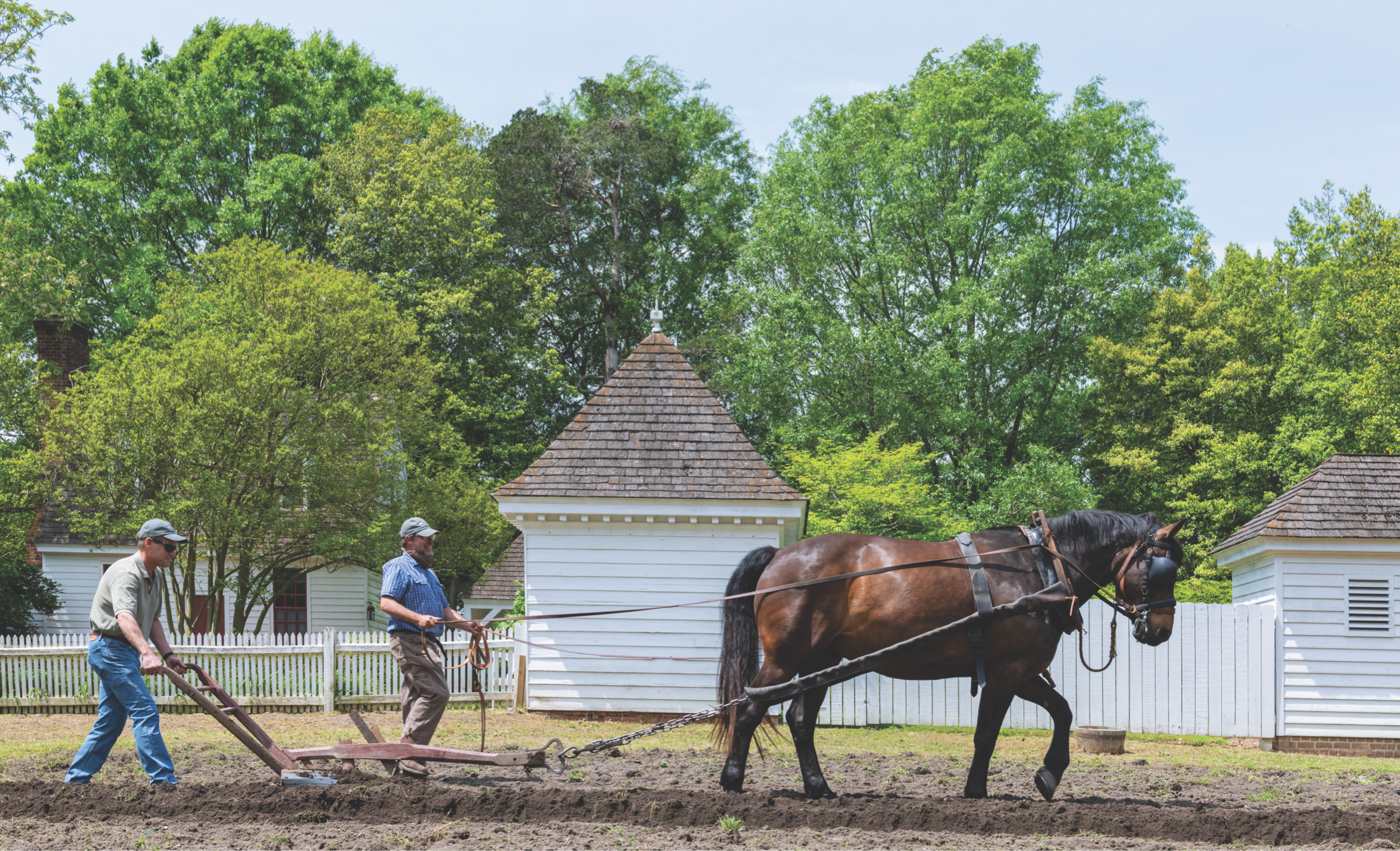For generations, William & Mary students, faculty, staff and alumni have explored the streets of Colonial Williamsburg and immersed themselves in its history.
Now, an alumnus is leading the one-of-a-kind living history museum. On Jan. 1, 2020, Clifford Bridges “Cliff ” Fleet III ’91, M.A. ’93, J.D. ’95, M.B.A. ’95 became the Colonial Williamsburg Foundation’s ninth president and CEO.
He is just one of 32 alumni in William & Mary’s history with four or more degrees from the university. Throughout his academic life and career, he has combined his interest in history and business.
After an extensive career at Philip Morris USA in Richmond, Virginia, in which he rose from intern to retire as CEO in 2017, Fleet returned to William & Mary to teach in the Raymond A. Mason School of Business. He also served as president of the Jamestown-Yorktown Foundation until he was tapped for the top job at CW.
“The opportunity to work with Colonial Williamsburg, to lead what is both a business and a historical institution, one that is tied so closely to two institutions I love deeply and dearly — William & Mary and the Jamestown-Yorktown Foundation — it was just an opportunity that I couldn’t pass up,” Fleet says.
He aims to keep the living history museum relevant, at the forefront of the national discussion about our history, and to attract audiences that are more diverse in all dimensions. To do this, he has three goals: “We want to broaden our impact on America by teaching the story of our founding, think deeper about digital explorations, and tell a more complete story of the people who made this nation possible,” he says.
Colonial Williamsburg is expanding the stories it tells to include more voices of women and Black and Native American people in Williamsburg. For example, CW is working in partnership with the First Baptist Church in Williamsburg, which was founded in 1776 and is one of the oldest American churches founded by Blacks. One of its early ministers, Gowan Pamphlet, was the first Black person ordained as a minister in the United States. CW is conducting archaeology on the original site of the church in the hope of reconstructing the building. They’ve received national press coverage for the initiative.

